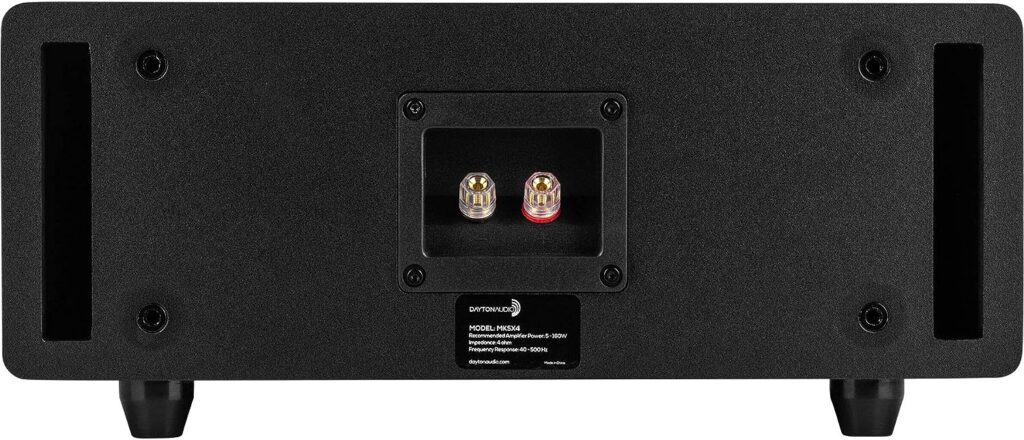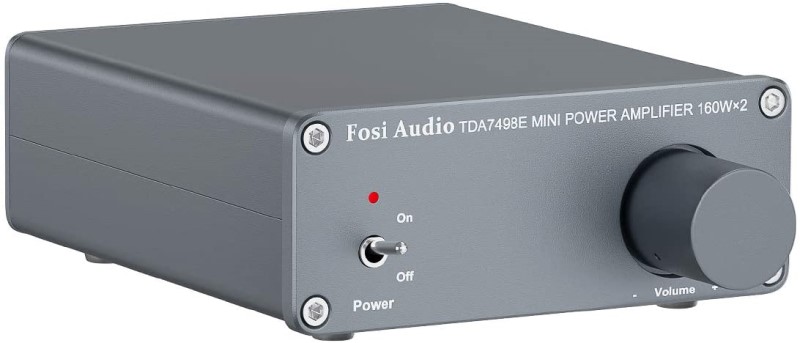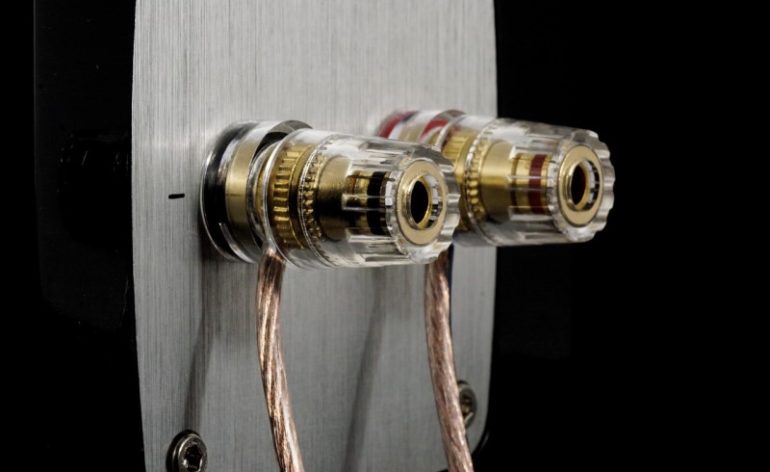My Subwoofer has Speaker Wire Connections, What Do I Do?
We all start somewhere and in home theater, it often begins with gear that is either given away or handed down. When speakers and subwoofers fall in our laps, they often lack cables, manuals, directions, and any clue as to how to set it all up. It can be confusing and we don’t blame you for feeling overwhelmed. One of the trickiest things to deal with is a subwoofer with speaker wire connections. How do you connect your AV receiver to one and should you? Let’s discuss!
There Are Two Different Types of Subwoofers
Subwoofers normally have a “Line In” or “LFE” or similar input. It is an RCA style and it looks like this:

This is what is called an “Active Subwoofer.” An active subwoofer has its own amplifier. The RCA connection allows your AV receiver to send a signal to the subwoofer to be recreated by the internal amplifier and driver(s). Some subwoofers have both line-level and speaker-level inputs (like the SVS above). Regardless of the connection method, the active subwoofer will use its internal amplifier to power the speaker.
A passive subwoofer is lacking an internal amplifier. The back will often look like this:

Passive subwoofers rely on external amplification in order to create sound.
So I Just Add An Amp?
The first thought many people have is that they often have unused speaker wire terminals on the back of their AV receiver and they wonder if they can use one of those to power their passive subwoofer. The answer is no. First, there is no way to send the subwoofer signal to a speaker terminal output on your receiver. More importantly, your receiver doesn’t have the right type of amplifier to power a subwoofer fully.
Adding an external amplifier could be the answer but you’d need to be careful to ensure that you pair the right amp with your passive sub. You could try and contact the manufacturer to ensure compatibility. But you may find that your passive subwoofer isn’t really worth the expense.

Most Passive Subwoofers are Crap
To be blunt, most passive subwoofers are garbage. They usually come as part of a boxed set of small, budget speakers and are meant to be powered by the included head unit (we hesitate to call it an AV receiver). They are usually underperforming, overly small, “bass modules” that don’t actually play low enough to be considered a subwoofer.
Most likely, the speakers you were also gifted (or found yourself in possession of) are also part of that set. The impedance of those speakers is often non-standard and won’t necessarily pair well with anything other than the original head unit. Can you plug them into your AV receiver? Sure. But they aren’t likely to sound very good and they may risk damaging your receiver.
Are There Good Passive Subwoofers?
There absolutely are good passive subwoofers out there. When SVS was new, they often sold their subwoofers without amplifiers. Those subs would still be considered quality today. There are also other passive subwoofers (usually those that are designed to be small) still sold. Almost all in-wall subwoofers are passive as well. Is there a chance that your subwoofer with speaker terminals is one of these? Absolutely.
If you find yourself in possession of a quality passive sub, by all means, buy an amp for it and rock on. But most of the passive subwoofers we’ve seen people ask about were originally part of a budget set and aren’t worth spending any more money on to get working. In those cases, it is best to sell the set or just toss it and start over. You’ll never get a passive subwoofer that was part of a set working properly and, even if you did, it wouldn’t sound very good.
Sorry for the bad news.


